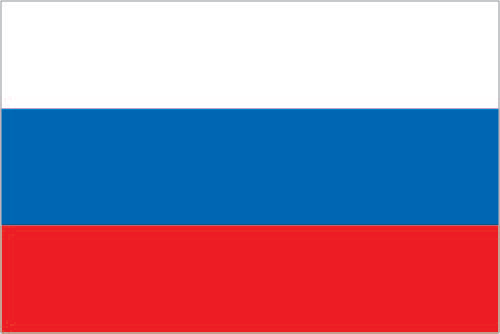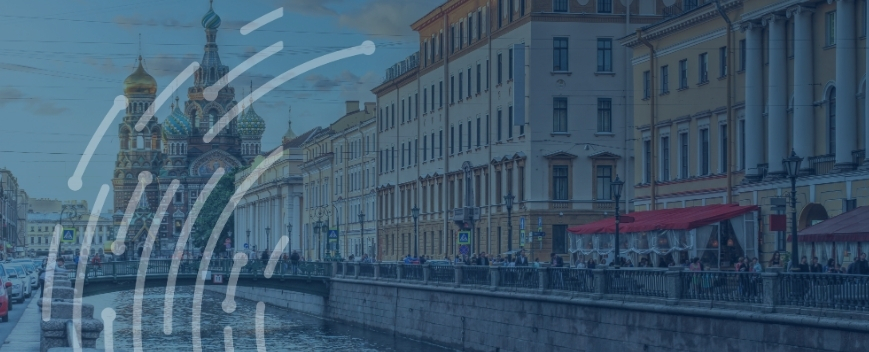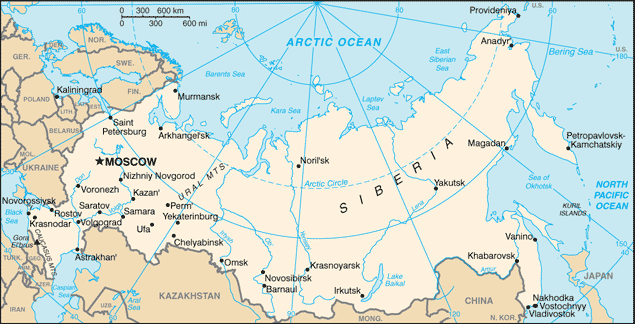Importing from Russia


Russia Country Profile
Official Name (Local Language) Rossiyskaya Federatsiya
Capital Moscow
Population 142,355,415
Currency Russian Rouble
GDP $1,268 billion
Languages Russian
Phone Dial In 7
Russia Exports Profile
Exports ($m USD) 359,152
Number of Export Products 4,364
Number of Export Partners 194

RussiaEconomic Statistics
Government Website | https://www.gov.ru |
| Sovereign Ratings | https://countryeconomy.com/ratings/russia |
| Central Bank | Central Bank of the Russian Federation |
| Currency USD Exchange Rate | 68.06 |
| Unemployment Rate | 5.3% |
| Population below poverty line | 13.3% |
| Inflation Rate | 5.8% |
| Prime Lending Rate | 10% |
| GDP | $1,268 billion |
| GDP Pro Capita (PPP) | $26,100 |
| Currency Name | Russian Rouble |
| Currency Code | RUB |
| World Bank Classification | Upper Middle Income |
| Competitive Industrial Performance | 43/138 |
| Corruption Perceptions Index | 31/180 |
| Ease of Doing Business | 135/190 |
| Enabling Trade Index | 111/136 |
Access trade, receivables and supply chain finance
We assist companies to access trade and receivables finance through our relationships with 270+ banks, funds and alternative finance houses.
Get StartedImporting from Russia
Russia’s main export is oil and natural gas which in recent years has accounted for as much as 70% of total exports, the vast majority of which goes to Europe. The health of the country’s economy is dependent on oil exports, while Europe, is mainly dependent on Russia to satisfy its energy needs.
Russia also has a large and sophisticated arms industry, second only in size to the United States, and is the third largest generator of nuclear energy in the world.
Importing from Russia: What is trade finance?
Export finance is a revolving facility which alternative lenders offer – it enables firms to buy goods and can help ease cash flow problems.
Generally, an export finance bank will fund up to 100% of the cost of the stock, including charges (e.g. taxes).
Trade finance offers benefits over more traditional bank funding for example asset finance or business loans. Trade finance provides quick funding without affecting existing bank relationships.
How does it work?
If you’re an organisation importing or exporting stock supplies around the world, then a trade finance facility would assist your company to fund this through offering a LC (letter of credit) or some form of cash advance.
I’m looking to import from XXX, how can Trade Finance Global help, and how does it work?
If you’re looking to import goods from other markets, you may need import finance, which is an agreement between yourself (the importer) and the foreign exporter. A alternative finance bank would act as the intermediary, paying the foreign exporter on your behalf until you receive the products and have then sold them to your customer. Repaying the funder then happens over an agreed period of time.
Chart Showing GDP Growth Compared to rest of world
GDP Composition for Russia
Agriculture
4.7%
Grain, sugar beets, sunflower seeds, vegetables, fruits; beef, milk
Industry
33.1%
Coal, oil, gas, chemicals, and metals; all forms of machine building from rolling mills to high-performance aircraft and space vehicles; defense industries (including radar, missile production, advanced electronic components), shipbuilding; road and rail
Services
62.2%
Map
Top 5 Exports Partners
| Country | Trade | % Partner Share |
| Unspecified | 53,485 | 14.89 |
| China | 37,525 | 10.45 |
| Netherlands | 34,630 | 9.64 |
| Belarus | 15,537 | 4.33 |
| Germany | 15,491 | 4.31 |
Top 5 Exports Products
| Export Product | Number |
| Petroleum oils and oils obtained from bituminou | 26.0% |
| Petroleum oils, etc, (excl. crude); preparation | 16.2% |
| Natural gas in gaseous state | 12.1% |
| Bituminous coal, not agglomerated | 3.8% |
| Spelt, common wheat and meslin | 1.7% |
Local Partners
- All Topics
- Philippines Trade Resources
- Export Finance and ECA Topics
- Local Conferences



















